Leaders of hybrid teams can foster psychological safety and high performance, but they need to know the habits that promote tangible success.
Hybrid work is here to stay. Balancing team performance and team well-being in this new environment is a major challenge going forward. Although most companies now have the technical solutions in place, less than a third of teams have fostered a culture suited to hybrid work. The challenges that hybrid teams face are well documented – building relationships and networks, supporting well-being, and staying innovative – but it remains not yet fully understood how teams can overcome them. We find the problem is not a scarcity of recommendations, but a scarcity of data.
Based on a systematic review of the leading predictors of team innovation in any setting, we defined 24 observable habits of remote and hybrid teams. (We understand habits to be an observable manifestation of a team’s mindset and behavior.) We then analysed how the habits are related to key performance and well-being outcomes. Analysing the responses of 100 remote/hybrid teams comprising more than 500 team members, we found that establishing these habits really makes a difference.
The four most impactful collaborative habits
Not all habits have the same measurable impact. We identified a number of collaborative habits that had the strongest association with key performance indicators, such as team psychological safety, team member well-being, and innovation.
1. Regularly providing positive feedback
Teams whose members regularly give each other positive feedback excel in almost all outcomes. This may be the single most impactful new habit that teams can adopt. Teams in which members exchange a lot of positive feedback scored significantly higher in team emotional intelligence. For example, members are 7.8 times more likely to feel that they can address tension or negative emotions present in team meetings.

Image 1 Relationship of team positive feedback rituals and a measure of collective emotional intelligence
Positive feedback is also related to more frequent team member interaction outside of meetings – a habit that is associated with innovation but more difficult to maintain in hybrid settings. Highly positive teams were three times more likely to be highly innovative than teams whose members emphasize negative feedback. And finally, positivity leads to much stronger team cohesion. 78% of teams that give each other positive feedback also feel very connected, versus only 32% of teams that don’t provide high levels of positive feedback. Other research points to the amount of positive feedback that is needed for teams to grow in this way. A 5:1 ratio for positive to negative feedback helps build the psychological safety needed for team members to raise issues and fosters a sustainable high-performance culture.
How can teams anchor habits for more positive feedback? They can start by becoming aware of praise-worthy performance and highlighting it when it occurs (rather than making up non-specific positive comments). We recommend regularly ending each meeting by expressing appreciation for the team or by sharing an accomplishment of the week. This elevates a practice of gratitude to the team level. We also help team members develop the practice of formally giving each other positive feedback: two team members talk about a third team member that is present but only listening. They exchange what they appreciate about that colleague and what they believe his or her unique contribution to the team is. We regularly hear back from team members that they had no idea that their contribution is valued and that hearing this positive feedback really made a difference for them.
2. Working with team emotions
Our data suggests that having a shared language to regularly process the emotions that come up in meetings contributes to building psychological safety in teams. Habits of working with emotions include checking in on how everybody is feeling or acknowledging a negative mood in a meeting (non-judgementally) – rather than simply enduring emotions or pretending they are not present. This may also be a healthy way to process team stress. Our results suggest that not acknowledging these emotions is linked to significantly higher stress scores on the team level. Indeed, teams that do not address emotions are over four times more likely to experience highly elevated stress levels. While there is naturally a lot of variability in perceived stress among team members (for example, due to personal challenges that team members may experience outside of work), not addressing team emotions is predictive of stress scores on the team level.
How can teams practically work with emotions? First, they need to actively develop a language for talking about emotions. Emotion wheels, weather symbols, or emojis are simple ways to start a check-in with how everybody is feeling. We found that a personal mindfulness practice can support a team member’s ability to work with other people’s emotions. In a previous research study we conducted, a leader of the European Space Agency recounted how a personal mindfulness practice helped him develop greater intimacy with emotions. As a result, he became less scared of working with emotions from team members over time. He saw their emotions as natural occurrences and refrained from taking them too personally. When leaders take a non-judgmental and interested stance towards emotions that show up, it also enables team members to process them more effectively – resulting in shorter emotional cycles and less self-blame.

Image 2 Relationship of the team’s ability to process emotion with highly elevated team stress scores
3. Engaging outside of meetings
The importance for high performance of frequent high-quality interactions among team members and between teams is well-established, but the number of people that workers have contact with has sharply declined since the Covid-19 pandemic began. Our data confirms that only about one-third of teams still engage with a larger number of team members or people outside of their core group. When teams lack these relationships, they are 2.2 times less likely to be highly innovative. Thus, figuring out how to help team members build networks and relationships should be a top priority for leaders.
How can managers help team members to promote connection in a hybrid work environment? A first step is talking about the importance of interaction for the team and inviting team members to make space for connection and informal meetings. Defining how much time a team needs for synchronous work and what their core collaborative hours are can help create clarity about a good time to reach out to each other. This also helps to clarify when team members can prioritize focused work and not be available for collaboration. Another important step is to discuss how to use the shared time, such as in the office, to make sure that connections happen. As one team leader at Bosch told us: “I need to have a good reason for coming back to the office – otherwise I can just as well work from home.”
4. Becoming a reflective team
Decades of team research pointed to the importance of reflective practices for team growth and performance. Yet we noticed in our work with teams that over two-thirds have not yet reflected on how they would like to collaborate in the new remote work environment. But reflection is only part of the process. To see the benefit, teams must include regular feedback and retrospective processes. Teams that do so are 2.6 times more likely to be highly effective. Teams that only reflect and fail to adapt can actually do harm. People end up seeing the problems but missing the solutions. As a result, reflection only can significantly diminish the motivation of team members.
To become reflective, teams need to make space for regular reflection. Retrospective reviews at the end of a project are a good way to discuss what a team wants to keep, drop, or add in its approach to collaboration. Teams need to slowly build the ability to adapt their processes by agreeing on small changes that can easily be implemented. Team leaders can actively encourage and support the team in adopting new habits and consciously dropping habits that haven’t made a difference. An effective way to build team members’ confidence in their ability to change is to attach a small new habit to a behaviour that the team regularly engages in, for example, a team can end each Friday checkout meeting with a new positive habit such as a positive feedback shower.
Building new habits in your team
Much like agile teams have specific habits and rituals (standups, sprints, retrospectives) so hybrid teams that want to remain innovative and ensure sustainable performance need to build habits and rituals into their work. Our experience is that building habits takes time – and that there is a sequence that makes sense. First it is important to ensure human connection – ensuring that team members have some time to socialise, connect, chat and just be human together. Then it is important to ensure people are present in meetings – addressing video on/off, multitasking, listening. Anchoring positive habits is the next normal step – but is usually met with cynicism if there is not sufficient human connection and shared attention. Positive habits are then the basis for people being willing to address emotions and give feedback – which in turn at then the basis for a psychologically safe and reflective team. We have built this process in our TeamMIndLabs approach – where upto 15 teams come together at the same time to reflect on their habits, share insights and anchor new habits and rituals in their work.
If you’d like to learn more about our work with building team habits, join the upcoming MADWorld webinar on the 29th January, where Chris will be speaking, or contact rachel.schmieder@awaris.com for more information.
About the authors:
Chris Tamdjidi is the co-founder of workplace training company Awaris and ex-BCG consultant.
Silke Rupprecht is the head of research at Awaris and a senior lecturer at Oxford Mindfulness Centre.
You might also like:












